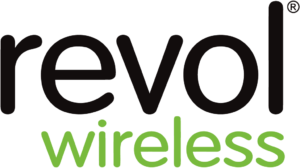There are many workforce engagement solutions marketed on being easily incorporated into your entire call center and easily applied to all your agents across the board. Some solutions involve adding exercise to an agent’s day; others include agent support groups, or even increased access to free, healthy food. While these methods may make agents happier, they may not solve the issues your at-risk agents are facing. Using these methods may improve short term morale and engagement among your already satisfied agents, but they might end up frustrating your at-risk agents and sending them out the door faster since they don’t address the agent’s concerns.
The challenge of identifying abnormal behaviors in call center agents
The reason “one size fits all” solutions can’t fix all of your agents’ problems is because they can’t cover the full scope of potential issues and challenges each l agent could be facing. Call centers have become so large and automated that it’s almost impossible to spot slow developing abnormalities in an agent’s behavior. The majority of the manager’s time has to be focused on performance goals, leaving less time for tracking how their employees’ behavior may be changing. Some call centers change managers so frequently it further disguises telltale changes in agent behavior that could be signaling dissatisfaction and a desire to leave.
If you have an agent who suddenly has ten deviations a month, you’ll notice, and take steps to figure out what is going on with them. But what about when a good agent, has typically fewer deviations than your call center average, suddenly meets the standard? What’s healthy for your call center may not be normal for every agent. Will a busy Manager with multiple agents to manage see these small changes in behavior in a timely fashion?
An added challenge is that it is difficult to get agents to open up to you and identify the problem they’re facing. Even if you suspect one of your agents is struggling with something, with either a personal or work-related issue, will they open up to you? Or, will they just tell you they’re fine and avoid providing further details?
How AnswerOn helps by prescribing the specific solution to the individual’s concern
AnswerOn’s predictive model works on a person-to-person basis. Our trained model can identify those individual agents who are still within the “normal level of deviations” for the whole call center but not for them, something has changed. Unfortunately, something has happened that has caused them to disengage from their work, and they are now at-risk for leaving. The model sees changes in behavior over time in a way that the individual manager might not have the time or ability to understand.
Once the model identifies all of your call center’s high-risk agents, the most at-risk are separated into risk and value categories so their managers can prioritize whom to intervene with first. Each agent is assigned a specific “coaching package” for their manager to discuss with them in a short conversation that doesn’t monopolize the manager’s time addresses the agent’s issues and leaves the agent feeling valued and appreciated.
You can find more about our intervention process and the full AnswerOn Call Center Agent Retention Solution on our Call Center Agent Retention page.









